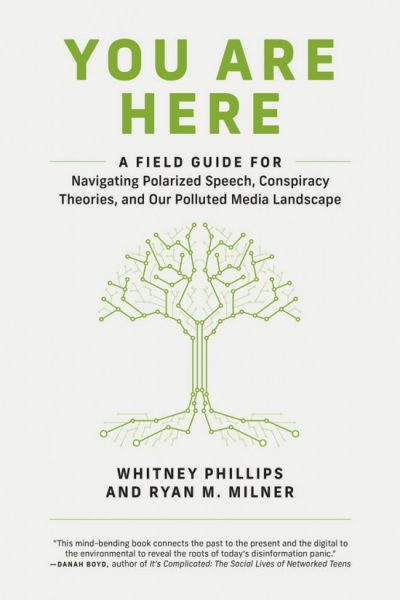Open Access Book edited by: Trish Mercer, Russell Ayres, Brian Head, and John Wanna: “When it comes to policymaking, public servants have traditionally learned ‘on the job’, with practical experience and tacit knowledge valued over theory-based learning and academic analysis. Yet increasing numbers of public servants are undertaking policy training through postgraduate qualifications and/or through short courses in policy training.
Learning Policy, Doing Policy explores how policy theory is understood by practitioners and how it influences their practice. The book brings together insights from research, teaching and practice on an issue that has so far been understudied. Contributors include Australian and international policy scholars, and current and former practitioners from government agencies. The first part of the book focuses on theorising, teaching and learning about the policymaking process; the second part outlines how current and former practitioners have employed policy process theory in the form of models or frameworks to guide and analyse policymaking in practice; and the final part examines how policy theory insights can assist policy practitioners.
In exploring how policy process theory is developed, taught and taken into policymaking practice, Learning Policy, Doing Policy draws on the expertise of academics and practitioners, and also ‘pracademics’ who often serve as a bridge between the academy and government. It draws on a range of both conceptual and applied examples. Its themes are highly relevant for both individuals and institutions, and reflect trends towards a stronger professional ethos in the Australian Public Service. This book is a timely resource for policy scholars, teaching academics, students and policy practitioners….(More)”

